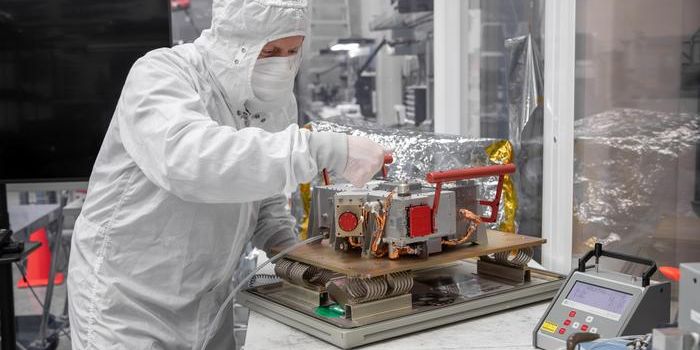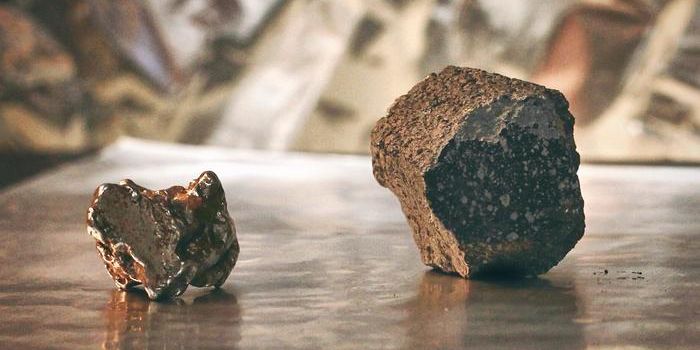NASA's Mars 2020 Mission is Coming Into Focus
NASA's Mars 2020 rover got its distinct name for a reason; primarily because the space agency aspires to send the vehicle on its way to Mars by 2020. There, it will explore the red planet in ways that Curiosity and other previous Martian rovers could only dream of.
Image Credit: NASA/JPL-Caltech
As of NASA’s latest public briefing, Mars 2020’s cruise and descent stages have reached the point of manufacturing at NASA’s Jet Propulsion Laboratory in Pasadena, California. These systems will ensure that Mars 2020 makes it to its destination and lands on Mars' surface safely.
As you might have noticed already, Mars 2020’s design looks a lot like Curiosity, and NASA says that's because Mars 2020 uses a bevy of spare parts leftover from Curiosity and relies on a host of tried and true system designs for its chassis. Yay for reliability!
"The fact that so much of the hardware has already been designed – or even already exists – is a major advantage for this mission," explained Jim Watzin, the director of NASA's Mars Exploration Program. "It saves us money, time and most of all, reduces risk."
Related: Check out what the Curiosity rover looks like from the Mars Reconnaissance Orbiter's perspective
However, while Mars 2020 might look similar on the outside, those looks can be deceiving. It will pack oodles of new science equipment unlike any previous rover, which fuels hopes that we might finally discover traces of ancient life on the red planet’s dry and desolate environment.
Once it touches down on the red planet’s surface, Mars 2020 will operate autonomously and deploy an X-ray spectrometer, ultraviolet laser, and ground-penetrating radar system in its attempt to sniff out microscopic biosignatures and map the subsurface of Mars for the first time.
Mars 2020 will also employ technologies much like those used by Curiosity already, but they’ll be new and improved. Among those will be a more effective rock-zapping laser system and a built-in camera system that picks up full-color support and enhanced zooming capabilities.
But it doesn’t stop there; Mars 2020 will also sport a new wheel design that should prevent them from wearing out as quickly as Curiosity’s and a drilling system that will extract rock cores and bundle them up into fancy space packages for future analysis.
Related: New wheel for Martian rovers may be the most advanced one yet
One other question remains, and that's where we're going to put Mars 2020 once it's finished. According to NASA, there are three proposed landing sites, and they’ve yet to choose one. The landing site will be vital to the mission, as some parts of Mars could foster preserved remnants of ancient life.
"In the coming years, the 2020 science team will be weighing the advantages and disadvantages of each of these sites," said Ken Farley, JPL’s Mars 2020 project scientist. "It is by far the most important decision we have ahead of us."
Given all the work that has gone into the Mars 2020 mission thus far, NASA’s crossing their fingers and hoping we can find what we’re looking for. It should be interesting to see how the Mars 2020 mission pans out and whether the data it collects can boost our knowledge and understanding of our mysterious red neighbor.
Source: NASA









